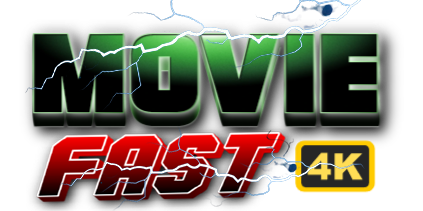ประเภทหนัง
ตัวอย่างหนัง Ethereum: Is there a ripple whitepaper?
Ethereum: A Complete Overview of Its Fundamentals and Technology
Ethereum (ETH) has received a lot of attention as one of the most prominent blockchain platforms in recent years. With its native cryptocurrency, Ether (ETH), Ethereum has become a hub for decentralized applications (dApps) and smart contracts. While there are many online resources available, including documentation and tutorials on the Ethereum Wiki, a deeper look at the fundamentals and technological foundations of Ethereum is essential to understanding the ecosystem.
What is Ethereum?

Ethereum is an open-source, decentralized, community-driven platform that enables the creation of smart contracts and decentralized applications (dApps). Founded by Vitalik Buterin in 2014, it has since become one of the largest and most widely used blockchain platforms worldwide. Ethereum’s primary mission is to provide a programmable blockchain that allows developers to build and deploy their own dApps, while also enabling the transfer of value between different blockchains.
Study: “Ethereum: A Scalable, Decentralized Public Currency with Smart Contracts”
One of the most significant contributions to the Ethereum ecosystem is the paper “Ethereum: A Scalable, Decentralized Public Currency with Smart Contracts.” This paper, published in 2014 by Vitalik Buterin and early team member Hal Finney, outlines the concept, design, and functionality of Ethereum. The paper presented a new approach to creating a decentralized currency that can handle large amounts of data and execute complex logic using smart contracts.
Key Features and Benefits
The Ethereum White Paper introduced several revolutionary concepts, including:
- Smart Contracts: Self-contained contracts in which the terms of the contract are written directly into lines of code. This allows for more efficient and scalable execution of complex logic.
- Decentralized Governance: A decentralized system that allows stakeholders to participate in decision-making processes through a blockchain-based voting mechanism.
- Open Source and Community Driven: The Ethereum platform is open source, with community contributors playing a significant role in its development.
Implementation and Implementation
The creation of the Ethereum White Paper was tied to several key milestones:
- Cryptography: The introduction of public-key cryptography, which enabled secure communication between parties.
- Hash Functions: Using cryptographic hash functions to create a decentralized, immutable storage system.
- Consensus Mechanism: Developing a consensus mechanism, called Proof-of-Work (PoW), that ensures that the network remains decentralized and secure.
Conclusion
In summary, Ethereum is a complex and innovative platform that has revolutionized the way we think about decentralized applications and smart contracts. While this paper provides a basic understanding of the underlying fundamentals, further research and exploration are essential to fully understand the complexity of the ecosystem. By exploring the Ethereum wiki and other online resources, developers can gain a deeper understanding of the technology behind Ethereum and its potential applications across various industries.
Additional Resources
- Ethereum Wiki: <
- Ethereum Whitepaper: <
- Ethereum Documentation: <
Note: This article provides a general overview of the Ethereum ecosystem and its fundamentals. It is not intended to be a comprehensive or authoritative reference, but rather a starting point for further research and exploration.





















